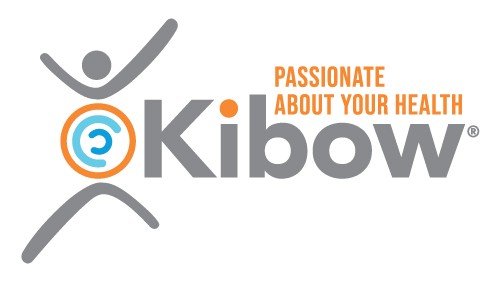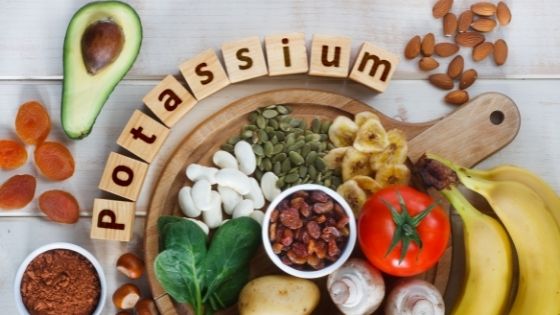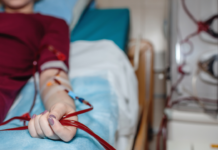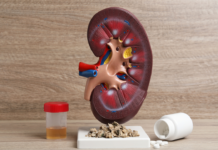*These statements have not been evaluated by the US Food and Drug Administration. This information is not intended to diagnose, treat, cure, or prevent any disease. Always consult with a qualified healthcare professional prior to beginning any diet or exercise program or taking any dietary supplement. The content on our website is for informational and educational purposes only.
Written By: Steve L. Belcher, RN, MSN, MS, DN-CM
Sponsored by: Renadyl™
What is Potassium?
Potassium is a mineral that helps your nerves and muscles work the right way.
Why is Potassium Important for People with CKD?
The kidneys may not remove extra potassium from the blood in some people with CKD. Some medicines also can raise your potassium level. Your food choices can help you lower your potassium levels.
How Do I Know My Potassium Is High?
People often do not feel any different when their potassium is high. Your health care provider will check the level of potassium in your blood and the medicines you take. The level of potassium in your blood and the medicines you take. The level of potassium in your blood should be between 3.5 to 5.0 (normal ranges may vary)
How Do I Lower Potassium in My Diet?
- Eat smaller portions of foods high in protein at meals and for snacks: meat, poultry, fish, beans, dairy, and nuts.
- Use spices and herbs in cooking and at the table. Salt substitutes often contain potassium and should not be used.
- Potassium chloride can be used in place of salt in some packaged foods, like canned soups and tomato products. Limit foods with potassium chloride on the ingredient list.
- Drain canned fruits and vegetables before eating.
- If you have diabetes, choose apple, grape, or cranberry juice when your blood sugar goes down.
How Do I Lower Potassium in My Diet?
Choose fruits and vegetables that are lower in potassium. Have very small portions of foods that are higher in potassium, like one slice of tomato on a sandwich, a few slices of banana on cereal, or half of an orange.
Some examples of fruits and vegetables lower in Potassium (200 mg or less*):
Fruits: Apples/apple juice/applesauce, Apricots (canned)/apricot nectar, Berries, Cranberry juice, fruit cocktail, grapes/grape juice, plums, pineapple, rhubarb
Vegetables: Alfalfa sprouts, bell peppers, bamboo shoots (canned), broccoli (fresh), cabbage, carrots, cauliflower, celery, and onions (raw), cucumber, green beans, kale, lettuce, mushrooms (fresh).
Some examples of fruits and vegetables higher in Potassium (More than 200 mg*):
Fruits: Apricots (fresh), Banana, Cantaloupe, Dates, Nectarines, Kiwi, Prunes/prune juice, oranges/orange juice, and raisins.
Vegetables: Acorn and butternut squash, avocado, baked beans, beet and other greens, broccoli (cooked), brussels sprouts (cooked), Chile peppers, Potatoes, pumpkin, spinach (cooked), lentils, beans, sweet potatoes, yams, vegetable juice.
*Potassium level is based on one serving. One serving of fruit is one small piece: ½ cup fresh, canned, or cooked fruit: ¼ cup dried fruit; or ½ cup juice. One serving of vegetables is ½ cup fresh or cooked vegetables, 1 cup raw leafy vegetables, or ½ cup juice.
As always if you have any questions or concerns about your diet and kidney disease talk with your nutritionist or primary healthcare provider.
About the author
Steven Belcher, RN, MSN, MS, is a dedicated kidney advocate who began his journey 20 years ago as a dialysis nurse. This job inspired him to help as many people with kidney disease as he could. Not only did he spend two decades caring for a patient’s physical and emotional needs in a clinical setting, but he also educated the public on the risk factors of kidney disease. Some of his many philanthropic successes include being a keynote speaker at the National Association of Nephrology Technicians/ Technologists (NANT), presenting at community spaces, and launching radio shows.
He now focuses his time entirely on his organization Urban Kidney Alliance, which educates the public about kidney disease. His goal? To lower rates of Chronic Kidney Disease in urban communities in Baltimore, Maryland, across the country, and globally through education and collaboration.
Steve has also written the book “HOW TO SURVIVE OUTPATIENT HEMODIALYSIS: A GUIDE FOR PATIENTS WITH KIDNEY FAILURE.” You can read the book review here.
Learn more about our sponsor Renadyl™ here https://renadyl.com





